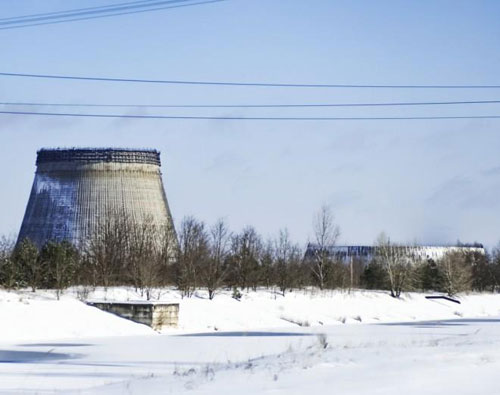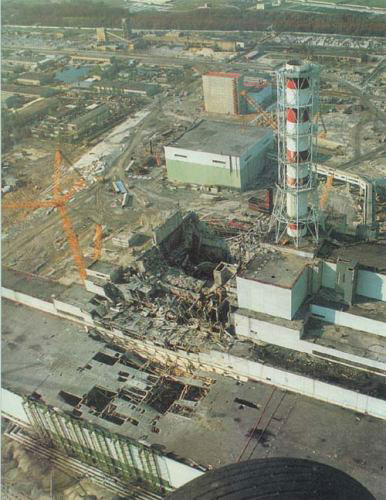Radioactivity at Chernobyl lasted longer than expected
The worst Chernobyl nuclear tragedy in the history of atomic energy has inadvertently created a radioactive laboratory for scientists and nuclear. And after more than 20 years, this place still has many surprises.

Chernobyl Nuclear Power Plant - Photo: Wired Science
Resettling in the surrounding areas where the tragedy takes place has to wait a long time. According to a recent report at the American Geophysical Union, the Cesi (Cs) radiation content does not disappear as quickly as one might expect. The half-life of Cesi 137 - the time for half of the mass of Cesi 137 to decay - was 30 years, but the concentration of Cesi found in the soil near Chernobyl decreased at a much slower rate.
Scientists have not been able to explain the phenomenon, but they have calculated the 'ecological half-life' - the time it takes for half of the matter to disappear in environmental conditions - in the range of 180 to 320 years. .
'Normally, you think that after 30 years, the situation will get worse. But that's not the case. ' Tim Jannick, a member of the Savannah River National Laboratory and one of the study participants, said 'it will be long before it can be resettled in this area'.
In 1986, a series of experimental sites were established immediately after the explosion. The specimen was dug up from different depths to calculate the possibility of entry into the ground of Strontium (Sr), Cesi and Plutoni (Pu) isotopes. Such measurements have been carried out over the past 20 years, providing the most accurate view of radioactive changes in natural conditions.

Chernobyl nuclear power plant after the explosion - Photo: International Daily Newswire
Experimental results are surprising, because scientists hope that the ecological half-life, due to the dispersion effect of nature, will be shorter than the physical half-life. Specimens will contain less radioactive material, and that's true for Strongti. However, the exact opposite is happening to Cesi.
The physical characteristics of Cesi remain unchanged, so scientists believe that only because of environmental factors. This may be because new cesium sources 'move' near the Chernobyl area, or maybe Cesi emerges from deep in the ground. And Dr. Jannick hopes that further research will uncover this mystery:
'There are many unknown things that can cause this phenomenon' - he said.
Besides the impact on society, the study also highlights instability related to radioactive contamination. Fortunately for humans, regions like Chernobyl are rare, but that also means that there are very few data sources about the true extent of radiation in nature.
'The data from Chernobyl will help complete hypothetical models, and that's what we can best get from them . '
- What will happen if you come to live at Chernobyl 'Dead Land' now?
- Ukraine unloaded the 'concrete coffin' that was about to collapse at the Chernobyl factory
- Radiation from Fukushima is only 10% of the Chernobyl case
- Radiation is still in agricultural products after 25 years
- Chernobyl is a human disaster, but good news for animals here
- Radiation in Japan is no longer dangerous
- Giant catfish over 2m long due to Chernobyl radiation?
- I was burned by a contaminated mosquito at Chernobyl
- Islands have much higher radioactivity than Chernobyl and Fukushima
- Europe at risk of radiation radiation
- Wild animals proliferate where ever a nuclear disaster occurred
- Chernobyl: The 30-year exotic forest doesn't decompose
 Is the magnetic North Pole shift dangerous to humanity?
Is the magnetic North Pole shift dangerous to humanity? Washington legalizes the recycling of human bodies into fertilizer
Washington legalizes the recycling of human bodies into fertilizer Lightning stone - the mysterious guest
Lightning stone - the mysterious guest Stunned by the mysterious sunset, strange appearance
Stunned by the mysterious sunset, strange appearance